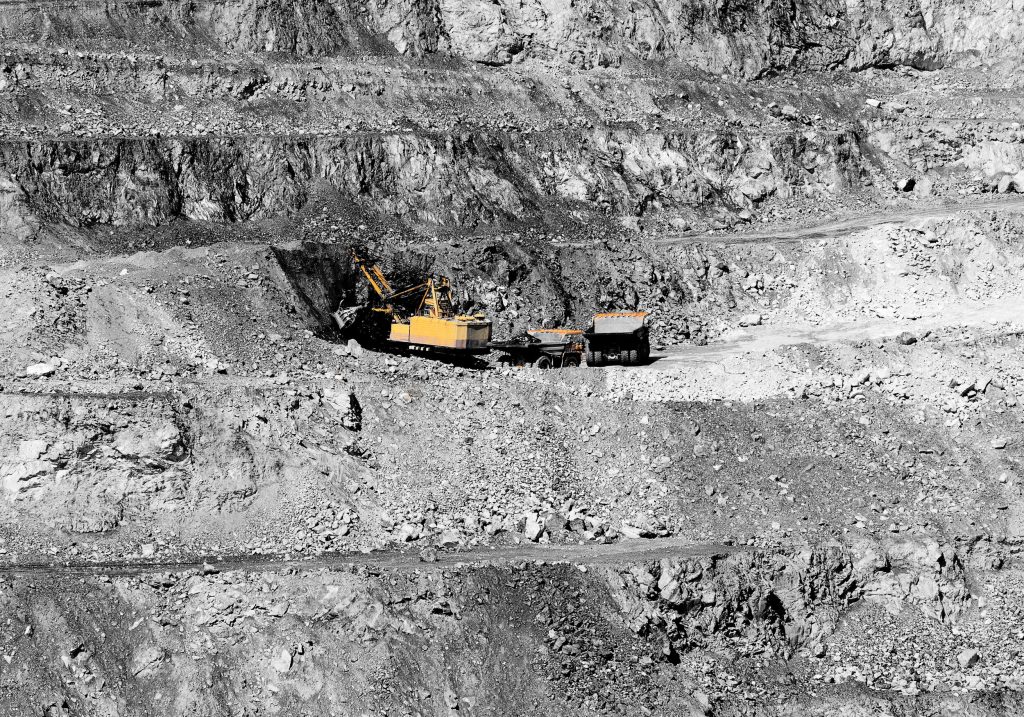Asbestos, the dangers

Any manipulation or deterioration of an asbestos-based product may cause the detachment and dispersal of fibers, and generate a high concentration of their presence in the air. Simple shocks or vibrations are enough to spread these asbestos fibers, often invisible to the eye.
When these fibers are inhaled, depending on the period of exposure, the health consequences can be disastrous.
CCOHS (Canadian Center for Occupational Health and Safety) has provided stakeholders with an online course to help them recognize, assess and manage asbestos-related risks in the workplace. This course is entitled Asbestos in the Workplace. This will give building owners, property managers, and employers a better understanding of the hazards and actions to take when they or their employees come into contact with asbestos.
Asbestosis

Chronic respiratory disease (long-term). It all begins with an idea. Maybe you want to launch a business. Maybe you want to turn a hobby into something more. Or maybe you have a creative project to share with the world. Whatever it is, the way you tell your story online can make all the difference.
Mesothelioma

A rare form of cancer, usually fatal, that affects the lining of the lungs, abdomen, and heart. The latency period is usually between 30 and 40 years. People living with a person exposed to asbestos are also likely to develop this type of cancer. Exposure to asbestos lasting more than 10 years greatly increases the chances of diagnosis. Symptoms usually include shoulder pain, dry cough, and chest pain.
Increased risk of lung cancer

The latency period between asbestos exposure and the onset of cancer is usually between 20 and 30 years. Even if the exposure is less than 12 months, the risk of developing cancer is much greater than an unexposed person. This is also valid for the immediate entourage of the exposed persons: wife, husband, children, etc. When symptoms appear, the cancer is usually already advanced. The best-known symptoms are shortness of breath, chest pain, chronic cough, and unexplained weight loss.
The effects of asbestos on health
There are also natural and processed asbestos fibers in very small amounts, as in air, soil and water. However, in such small quantities, the health risks are negligible. Major cities have a rate 10 times higher than in rural areas. However, the concentration present in the air of the big cities remains 1000 times lower than the quantity accepted by the new regulations. As of water, there are no proven harmful effects.
To be harmful, the effects of asbestos on health must meet the following factors:
-
The duration of the exposure
-
The frequency of exposures
-
The combined effect with smoking
-
The concentration of fibers in the air
-
Size of inhaled asbestos fibers
-
The combined effect of other contaminants
-
The time elapsed since the first exposure
Asbestos is classified as dangerous by several associations:
• IARC, International Agency for Research on Cancer
Classified: Group 1; Certain carcinogenic agent for humans
• American Conference of Governmental Industrial Hygienist
Classified: A1; Confirmed carcinogenic to humans
• Report on Carcinogens of the US National Toxicology Program
Classified: Known as a carcinogen to humans
• EU classification and labeling system
Classified: Carcinogen, Category 1; can cause cancer
There are several professions considered at risk due to their probable exposure to asbestos:
•
Construction trades
• Mechanical trades
• Loaded with insulation
• Loaded heating systems
• Sheet Metal
• Plumbers
• Pipe fitters
• Workers in the cement industry
• Building maintenance staff.

Mine Lac d’amiante
It was in 2012 that asbestos production in Quebec ceased. Indeed, the last asbestos mine, Mine Lac d’amiante, closed its doors. It was the following year that Canada no longer opposed the addition of chrysotile asbestos to the list of hazardous chemicals in the Rotterdam Convention and in 2016 a new law has been filed to prohibit the manufacture, use, sale, offer for sale or import into the Canadian House of Commons.
